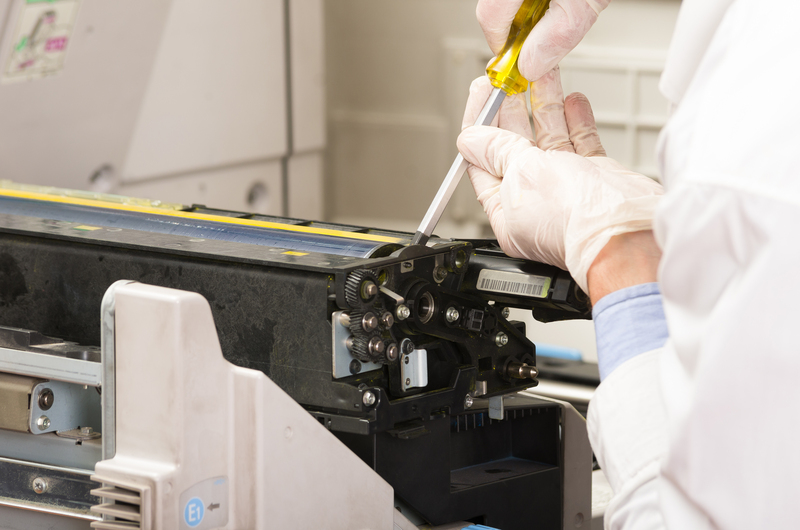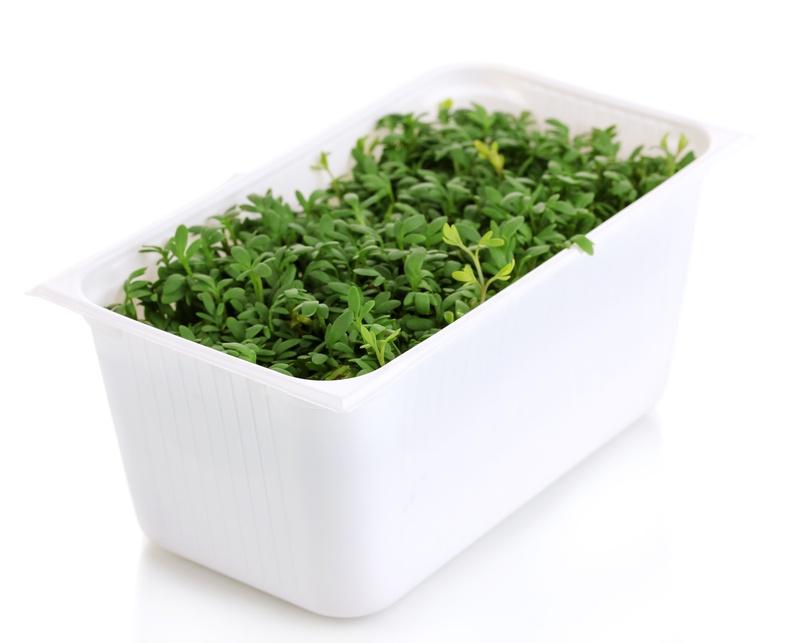Community Programs for Pots and Pans Recycling: A Comprehensive Guide
Recycling household items is more important than ever, but one category often overlooked is cookware. Thousands of old or damaged pots, pans, and other kitchenware are discarded each year, most ending up in landfills. Fortunately, community programs for pots and pans recycling are gaining momentum, providing sustainable solutions and closing the loop on consumer waste.

Why Recycle Pots and Pans?
Many people wonder: Can you recycle old pots and pans? The answer is a resounding "yes!" Metal cookware, including stainless steel, aluminum, copper, cast iron, and non-stick pans, can often be repurposed or recycled, diverting waste from landfills and conserving natural resources. Local pots and pans recycling initiatives ensure these everyday items have a new lease on life, becoming part of the circular economy.
- Reduces landfill waste: Cookware is bulky and non-biodegradable, taking up critical space in landfills.
- Conserves valuable resources: Recycling metals minimizes the need for new mining, reducing environmental impact.
- Encourages responsible consumption: Organized community collections encourage residents to think about their environmental footprint.
The Challenge: Why Aren't More Pots and Pans Recycled?
Most municipal curbside recycling programs don't accept cookware due to their mixed materials, coatings, and size. This confusion makes it difficult for consumers to know what to do with unwanted kitchenware. Here's where dedicated community recycling for pots and pans steps in, bridging the gap between households and metal recyclers.
Types of Community Pots and Pans Recycling Programs
Across the globe, innovative communities have developed varied approaches for pots and pans recycling. Let's explore some leading models:
1. Special Collection Drives
- Annual or semi-annual events are hosted by local governments, schools, environmental groups, or waste management agencies. Residents bring unwanted cookware to a central drop-off point, where items are sorted for recycling or reuse.
- Examples: "Cookware Roundup Week" and "Eco-Kitchen Clean-out Drives" have been popular in various cities, diverting tons of old pots and pans from landfills.
- Accepted materials: Programs may accept both metal cookware and some ceramic pots; check with organizers for guidelines.
2. Permanent Drop-Off Centers
- Many communities operate recycling centers or transfer stations that accept miscellaneous metal goods, including cookware, year-round.
- Residents can drop off stainless steel, aluminum, copper, and cast iron pots and pans. Some centers accept non-stick items only if the handles and plastic parts are removed.
- Tip: Always clean your cookware to remove food residue before recycling.
3. Charity and Nonprofit Collections
- Gently used pots and pans can be donated to thrift stores, shelters, or refugee organizations. These items find a second life with individuals or families in need.
- If the cookware is damaged, some charities partner with scrappers or recyclers to responsibly process the metal.
- Pro Tip: Call ahead to confirm what's accepted and the charity's specific needs.
4. Retailer Take-Back Programs
- Some kitchenware brands and chains run trade-in events or ongoing take-back schemes for old pots and pans when you purchase new items.
- Retailers then ensure the cookware is recycled or, if suitable, refurbished for charity.
- Popular examples include national department stores and specialty cookware shops.
How Does the Pots and Pans Recycling Process Work?
Once collected by community programs, pots and pans are sorted, processed, and recycled in several steps:
- Sorting: Cookware is grouped by material (stainless steel, aluminum, copper, cast iron, etc.). Non-metal parts (handles, lids with glass or plastic) are removed.
- Cleaning: Residual food or oils are cleaned off, especially for industrial recycling.
- Shredding: Items are crushed or shredded for easier transport and further processing.
- Melting and Refining: Metals are melted down, refined, and then used to manufacture new products--sometimes even new pots and pans!
An important note: Non-stick pans, especially those with Teflon or ceramic coatings, may require specialized recycling due to the chemical process involved. Always check with your local program about accepted items.
The Environmental Impact of Recycling Cookware
Discarding large kitchen items in the trash contributes to landfills and squanders finite resources. When communities unite for cookware recycling, the collective environmental impact is significant:
- Energy savings: Recycling aluminum uses up to 95% less energy than mining and refining new metal.
- Reduced greenhouse gas emissions: Manufacturing with recycled metals emits less CO2, helping fight climate change.
- Less mining and pollution: Recycling simplifies supply chains, reducing land degradation and water pollution.
Local Economic Benefits
- Job creation: Local scrap yards, recycling centers, and community programs employ residents in collection, sorting, and processing.
- Affordable cookware: Charitable programs that refurbish and redistribute gently used pots and pans make kitchen essentials accessible to more families.
Community Success Stories: Pots and Pans Recycling in Action
Portland's "Cookware Giveback" Campaign
In Portland, Oregon, a city-led partnership with local thrift stores and metal recyclers launched an annual cookware collection event. Each year, over 10,000 pounds of pots and pans are collected, with usable items donated to low-income residents and metals recycled responsibly.
Toronto's Neighbourhood Depot Program
Toronto residents can drop off old cookware at neighbourhood Community Environment Days. Metals are recycled, and charities receive serviceable pots and pans, demonstrating how community engagement leads to meaningful waste diversion.
London's Kitchen Equipment Redistribution Network
Volunteer-run nonprofits collect old kitchen gear from homes and restaurants, diverting pots and pans from disposal and supporting people setting up new households, especially recent immigrants and individuals leaving temporary accommodation.
How to Start a Pots and Pans Recycling Program in Your Community
1. Connect With Local Partners
Identify key organizations: municipal recycling facilities, scrap yards, charities, and retailers. Collaboration is crucial for a successful community pots and pans recycling campaign.
2. Organize and Promote Collection Events
- Plan events during Earth Week or spring cleaning season to maximize participation.
- Advertise via local newspapers, social media, community boards, and schools.
- Partner with local eco-champions or influencers for greater outreach.
3. Provide Clear Guidelines
- Specify what cookware is accepted (material, condition, clean or dirty).
- Educate about removing non-metal components.
- List locations and hours for drop-off.
4. Work With Recyclers
Ensure that local scrap yards and recyclers are equipped to handle the collected pots and pans, especially items with non-stick or mixed-materials.
Tips for Households: How to Prepare Pots and Pans for Recycling
- Remove all food residue--give cookware a quick wash.
- Take off plastic, wood, or glass parts that are not recyclable.
- If possible, separate metals (e.g., aluminum lids from stainless pots).
- Bundle smaller pieces together for drop-off to prevent loss or mix-up at the collection site.
- Check program guidelines for accepting non-stick or ceramic-coated pans.
Where to Find Community Pots and Pans Recycling Opportunities
- Local government websites--often feature a section on recycling uncommon items, including kitchenware.
- Eco-event calendars--look for city "clean-up days" or "metal drives."
- Charity thrift stores--inquire about their ability to accept and process used cookware.
- Specialty kitchen retailers--ask about take-back initiatives, especially around product launches or holidays.
Pots and Pans Recycling: Frequently Asked Questions (FAQs)
Q: Can all types of cookware be recycled?
A: Most metal pots and pans--including aluminum, stainless steel, cast iron, and copper--can be recycled. Non-stick and ceramic coatings complicate the process, so always check with your local recycling program. Plastic, glass, and wood parts should be removed if possible.
Q: Is it better to donate or recycle my used pots and pans?
A: If cookware is still usable and safe, donating is best. Charities and shelters often need kitchenware. Damaged, warped, or rusted items should be recycled instead of landfilled.
Q: Can I put old pots and pans in my curbside recycling bin?
A: Typically, no. Most curbside bins do not accept cookware due to size, weight, and mixed materials. Instead, use designated collection events, drop-off centers, or scrap metal programs.

The Future of Community Pots and Pans Recycling
As sustainability awareness grows, more communities are launching pots and pans recycling programs. Innovations such as mobile recycling trucks, online platforms matching donors with charities, and manufacturer-led take-back schemes are expanding access. These programs not only keep valuable materials in use but also foster local environmental stewardship.
Conclusion: Join the Movement for a Greener Kitchen
Pots and pans recycling may not be as ubiquitous as paper or plastic programs, but it is just as vital for reducing waste and protecting our planet. By seeking out or advocating for community programs for pots and pans recycling, you help conserve resources, support those in need, and set a positive example for others. Whether you organize a neighborhood collection drive or simply spread the word about responsible cookware disposal, every action counts toward a cleaner, greener community.
Ready to make a difference? Find your local pots and pans recycling initiative or start one today--and inspire others to recycle their kitchenware for a more sustainable tomorrow.